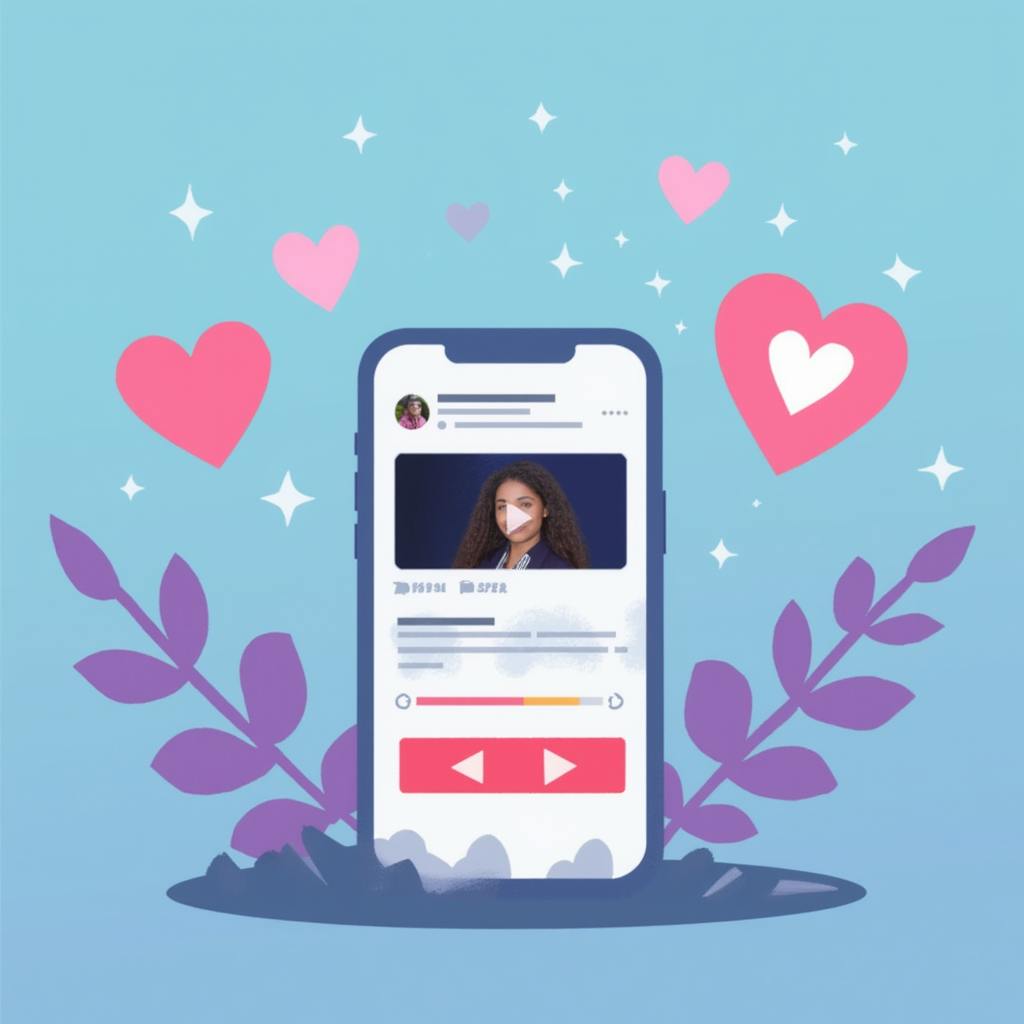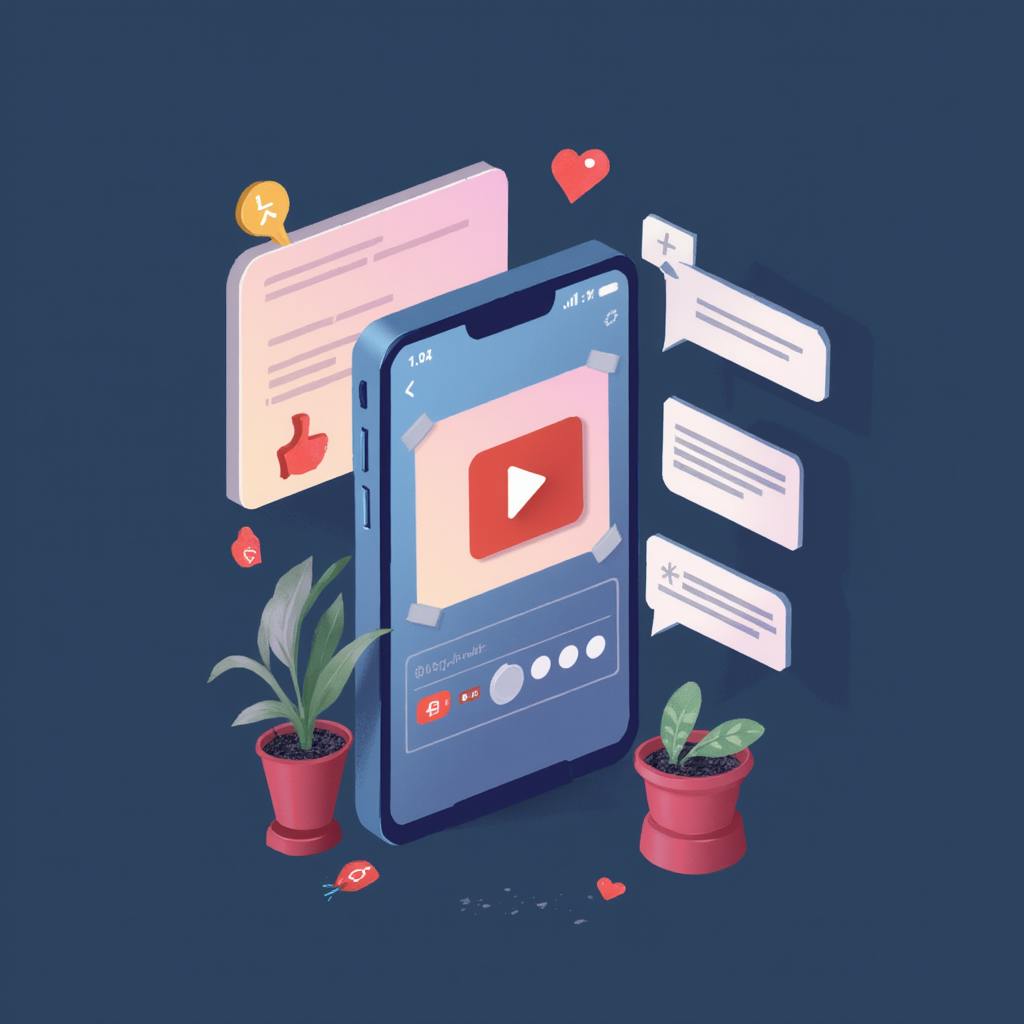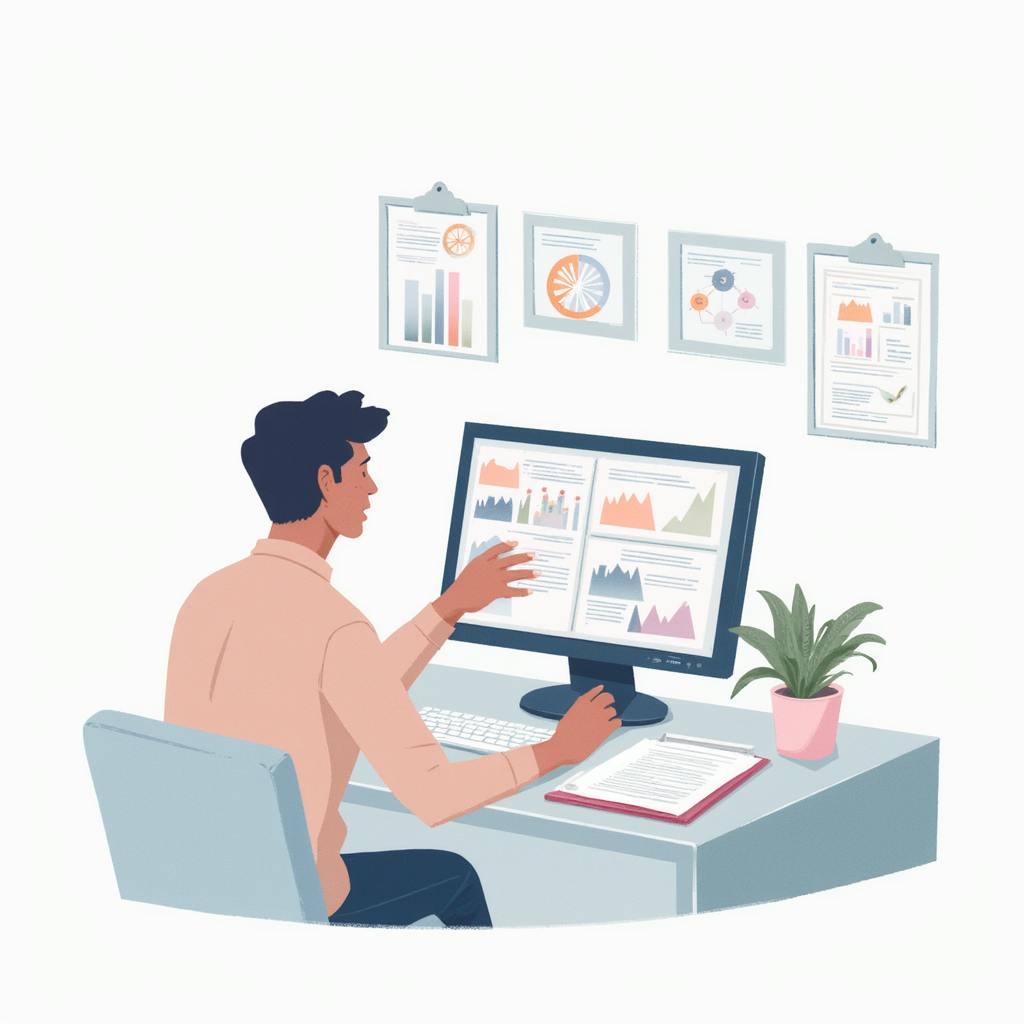Understanding the distinctions between graphic design and digital design is crucial for aspiring designers and industry professionals alike. Although these terms are often used interchangeably, they encompass distinct disciplines, skills, and tools. By delving into the nuances of graphic design vs digital design, this article will offer a comprehensive exploration of their differences, similarities, and the roles they play in the modern design world.
Understanding the Basics
Graphic Design: The Traditional Approach
Graphic design is rooted in the creation of visual content primarily for print mediums. Historically, graphic designers have focused on elements such as typography, layout, and imagery to craft aesthetically pleasing designs for physical formats like posters, brochures, and packaging. The essence of graphic design lies in its ability to convey messages and evoke emotions through static visuals.
Digital Design: The Modern Evolution
Digital design, in contrast, expands the boundaries of traditional graphic design to encompass digital environments. It includes everything from web design to multimedia presentations and digital animations. Digital design involves creating graphics that are intended to be viewed on screens, whether it be for websites, apps, or social media platforms, making it a dynamic and interactive medium.
Key Differences in Design Approaches
Tools and Technology
Graphic Design Tools
Graphic designers traditionally leverage software like Adobe Illustrator, Photoshop, and InDesign to create their works. These tools are primarily focused on producing high-resolution images suitable for print.
Digital Design Tools
Digital design artists, on the other hand, often use programs like Adobe XD, Sketch, or Figma. These tools are optimized for creating interactive and responsive designs tailored for digital screens.
Job Roles and Industry Expectations
Graphic designers commonly work in advertising agencies, publishing houses, and marketing departments. Their role often involves branding initiatives, including creating logos, business cards, and other collateral materials.
Digital designers are frequently employed by tech companies and interactive agencies. Their responsibilities include designing user interfaces (UI), enhancing user experience (UX), and developing engaging content for digital campaigns.
Digital vs Traditional Graphic Design
While traditional graphic design focuses on static images, digital design requires dynamic thinking. Digital designers must consider user interactions, screen responsiveness, and the integration of multimedia elements, which are non-factors in traditional graphic design.

AI made with Dean Jones
Frequently Asked Questions
What is the main difference between graphic design and web design?
Web design is a subset of digital design focusing specifically on creating engaging and functional websites. While graphic design primarily deals with static visuals, web design integrates layout, color, graphics, and coding to build seamless online experiences.
Can a graphic designer transition into digital design?
Absolutely. Many skills overlap, such as an understanding of color theory, typography, and visual hierarchy. However, transitioning will require learning new tools and mastering digital-specific considerations such as interactivity and user experience.
Are digital design jobs in higher demand than graphic design jobs?
With the increasing reliance on digital content and experiences, digital design roles are often seen as more in-demand. However, graphic design remains a foundational skill and is essential in creating branding and marketing materials across various industries.
Graphic Design vs. Digital Design: FAQ
Certainly! Below is an FAQ article addressing common questions about the differences between graphic design and digital design.
What is the main difference between graphic design and digital design?
The primary difference between graphic design and digital design lies in their mediums and outputs.
Graphic Design is traditionally print-based and focuses on creating visual content for magazines, brochures, posters, and other physical materials. It involves the use of typography, imagery, color, and layout to communicate messages.
Digital Design, on the other hand, is created and used within digital environments. This includes materials such as websites, social media graphics, mobile applications, and user interfaces. Digital design incorporates interactivity, animation, and multimedia elements, making it more dynamic and responsive compared to graphic design.
Is digital design the same as graphic design?
No, digital design is not the same as graphic design, although they share foundational principles like visual communication and aesthetic appeal. Graphic design is more focused on static, printed or visual content, while digital design embraces interactive and multimedia capabilities suitable for online and electronic formats. The skills and tools used in each discipline also differ, with digital design requiring knowledge of software and technologies that support digital creation and interactivity.

AI made with Dean Jones
Which has more scope: graphic design or digital design?
Both fields have ample scope but serve different needs and markets.
- Graphic Design has a strong presence in traditional advertising, publishing, and branding. It’s ideal for those interested in creating print-based marketing materials and identity systems.
- Digital Design provides broader opportunities in today’s technology-driven world. With the rise of digital media, there is increasing demand for web design, app development, digital marketing, and interactive content creation. As businesses expand their online presence, digital design tends to offer more diverse and growing opportunities.
Overall, digital design currently has a wider scope due to the ongoing shift towards digital platforms.
What are the unique skills required for graphic design and digital design?
Graphic Design Skills:
- Typography & Layout: Understanding how to effectively arrange text and images on a page.
- Print Design Knowledge: Expertise in the production process for printed materials, including understanding color modes, print specifications, and finishes.
- Creative Suite Proficiency: Familiarity with tools like Adobe Illustrator, Photoshop, and InDesign.
- Brand Development: Creating cohesive visual identities.
Digital Design Skills:
- UI/UX Design: Creating user-friendly and visually appealing digital interfaces.
- Responsive Design: Ability to design for various screen sizes and devices.
- Digital Tools Mastery: Proficiency in software like Adobe XD, Sketch, Figma, and others for wireframing and prototyping.
- Interactivity and Animation: Implementing interactive elements and animations using tools like Adobe After Effects.
- Basic Coding Knowledge: Familiarity with HTML, CSS, or JavaScript can be beneficial for collaborating with developers.
Feel free to ask if you have any more questions or need further clarification on these topics!
Conclusion
While graphic design and digital design share commonalities as facets of the broader design world, they cater to different needs and environments. Graphic design remains essential for traditional print media, offering a more static approach. Digital design adapts to a rapidly changing digital landscape, demanding interactive and adaptable solutions. Understanding the distinctions between graphic design vs digital design can enrich a designer’s toolkit, empowering them to choose the right path or blend disciplines to suit their career aspirations and the project's needs.

